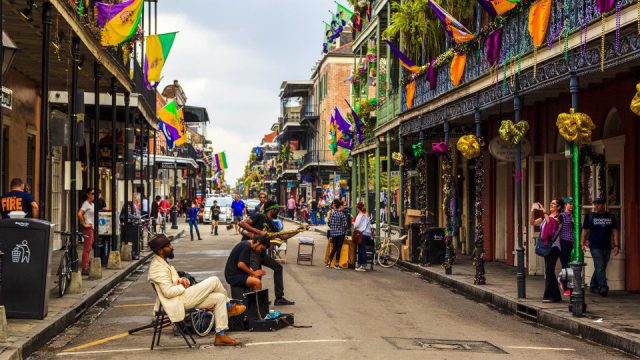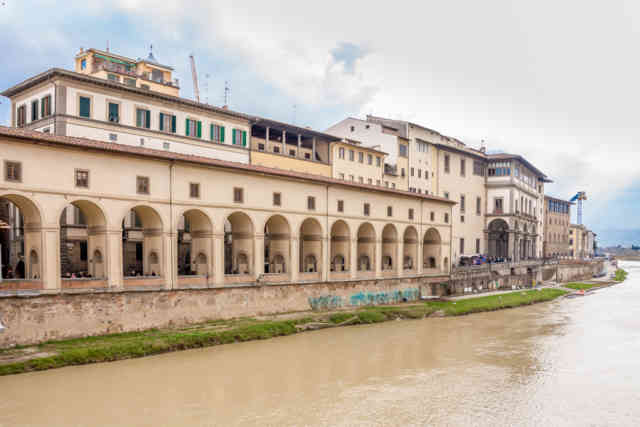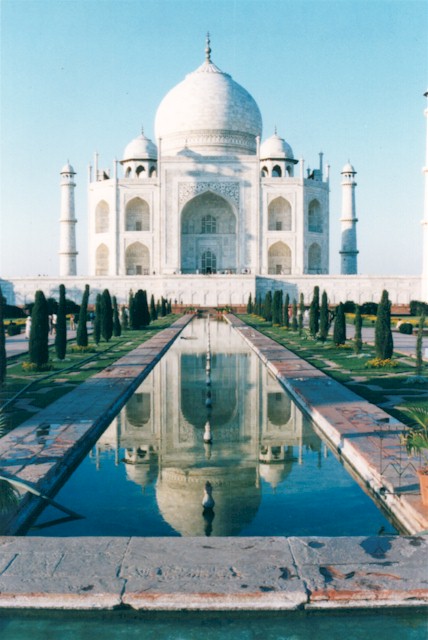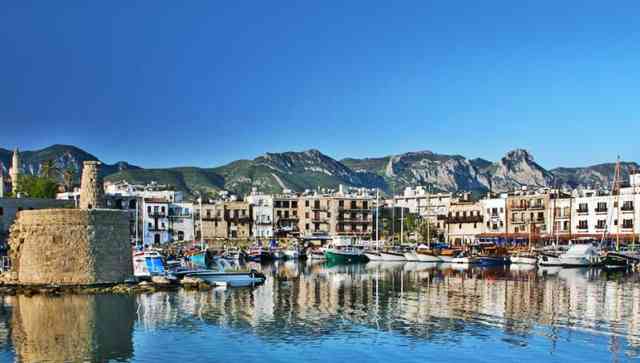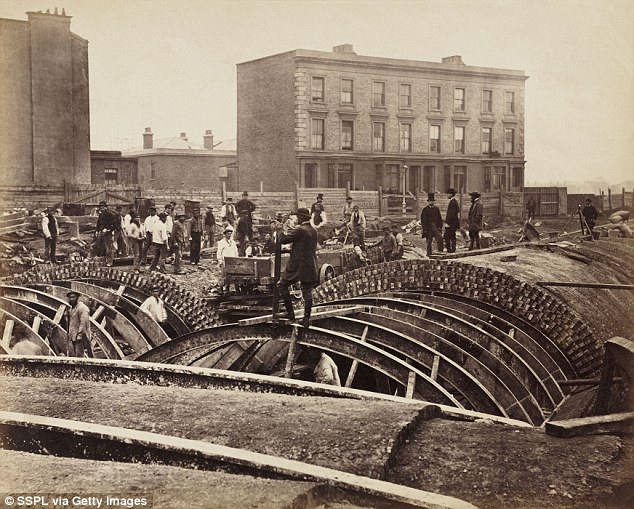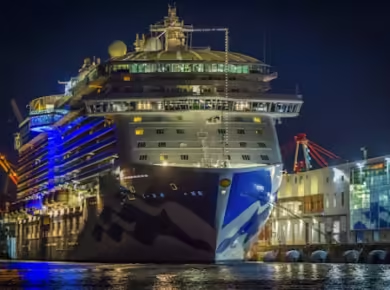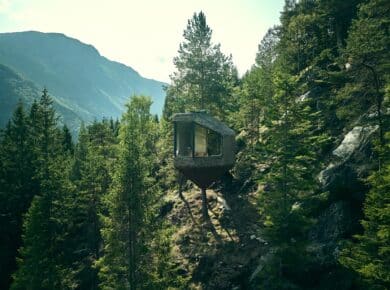Brazil is a huge country with a diversity of areas and cultures. Anyone reading a book about Brazil will learn this simple fact. However, only after meeting Brazil will you really get grasp of the extent of it. In itself the state of Rio Grande do Sul has a lot of interest for Brazilians and there is a pride in being from this state, but foreigners seldom show an interest in this area. It is the most southern state of Brazil's 27 states. Together with the states of Santa Catarina and Parana it constitutes what is known as the southern region of Brazil.
Brazil as a whole was discovered just as the 16th century was started. In the beginning it was more a matter of discovery with only gradual settlement in the Northeastern part of Brazil, with significant rate of import of slaves to work with the extraction of wood. The abolition of slavery was only finalized in 1888, but there were more and more legal barriers against slavery since the middle of the 19th century. Since the southern parts of Brazil were developed much later than the more northern parts, in addition to not having sugar cane production or mining, this area had a much lower importation rate of slaves. The result is that the cultural elements here are significantly different from the rest of Brazil, with much weaker influence from African music and culture and much stronger influence from European styles.
The population of Rio Grande do Sul is around 10 millions, with an estimated 4 out 5 being whites, unlike 1 out of 2 in the rest of Brazil. There are many who claim that the cultural spectrum is larger here. However, if you go to Brazil to enjoy the Carnival, there is no point in enjoying it in Rio Grande do Sul. Whereas Rio de Janeiro is turned upside down during this holiday, not much happens in the southern part of Brazil.
What Rio Grande do Sul does have that is unique is the Gaucho culture. This is a kind of Brazilian cowboy with its own style of clothing and food habits. This area is particularly famous for high quality meat, and barbeque is therefore a regional past time with modern apartment buildings having their own chimneys for barbeques installed inside the apartments.
The capital of the state, Porto Alegre, was only founded in 1772 and in the beginning of the 20th century it had less than 100,000 inhabitants, compared to 1,4 millions now. The population is to a large extent descendents from Italy and Germany and in many smaller cities you will see architecture, and people, very similar to what you will find in the Swiss Alps.
The state of Rio Grande do Sul is also known for having a standard of living significantly higher than what you will find in the northern parts of Brazil. Despite being famous for its barbeque habits, the state has among the highest life expectancies in Brazil with above 75 years. Infant mortality is 12 in 1000 births, which is a third of many other states. Also the GDP is among the highest among all states in Brazil.
Beyond all this you will find a unique pride among many people from this state because it is different. Even though they lost the war of independence from 1835 to 1845, there is pride in the attempt of liberation from Brazil, and it gets celebrated every year.

